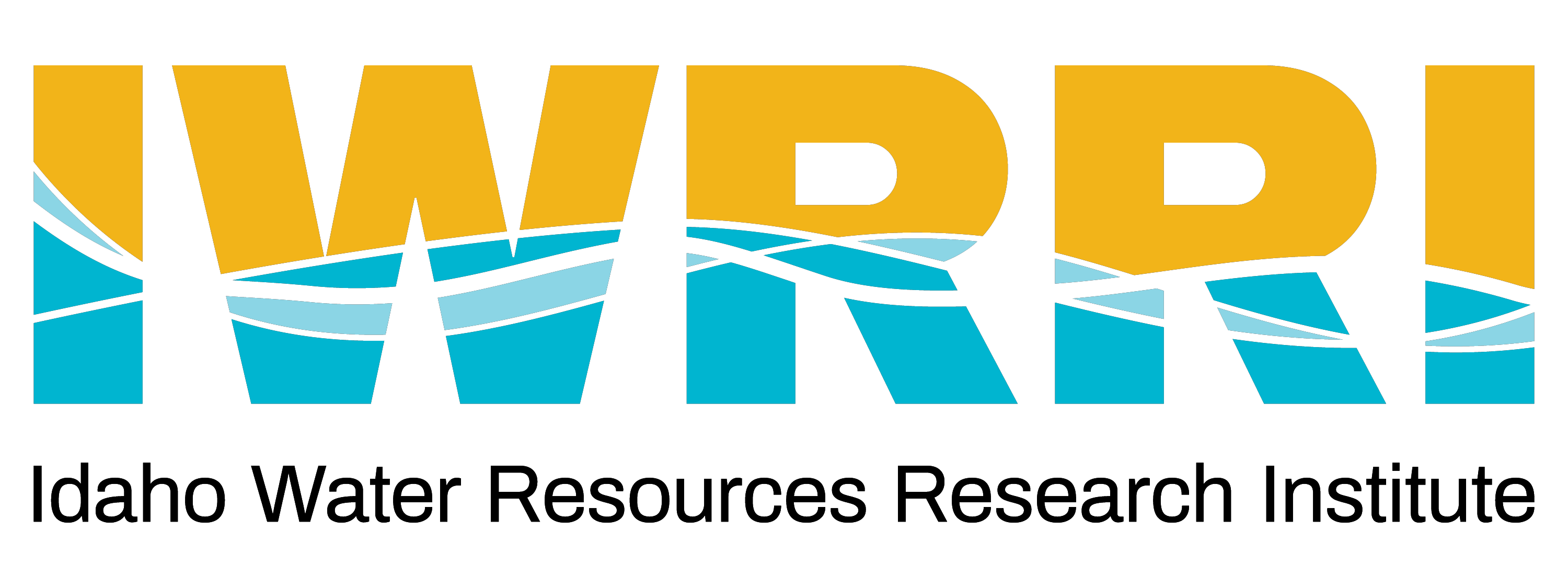University of Idaho faculty Karen Humes and Russell Qualls, along with their students, analyzed 30 years of crop water use data in southern Idaho to understand variations in irrigation application needs. Their research examined how differences in wet versus dry years and cool versus warm years influence crop water use and irrigation needs. By considering forecasted climate conditions, farmers can make informed decisions about crop selection and irrigation allocation, optimizing water use and improving overall agricultural efficiency.
Similar Posts

Who’s the National Academy of Sciences and What Do They Want With Our Gem, Coeur d’Alene Lake?
This story was written by the Our Gem Collaborative team for the CDA Press on Sunday, Aug. 15. Read the original article. Since the beginning of this year, the National Academy of Sciences (NAS) has been reviewing historical and recent water quality data from Coeur d’Alene (CDA) Lake. The NAS assembled a committee composed exclusively of volunteer experts to assess water quality and provide possible recommendations. Our lake has seen a decline in metal concentrations in the decades since enacting environmental…
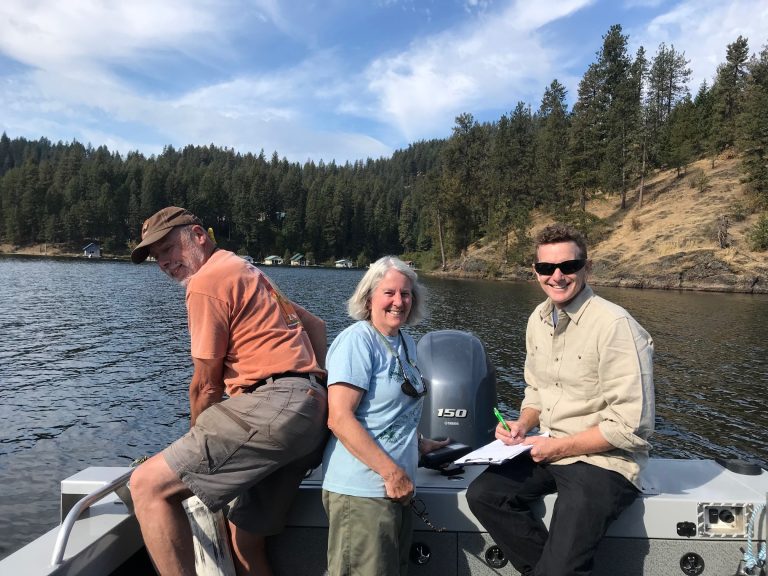
Meet the Bay Watchers, Members of the U of I Citizen Scientist Program
Recently, the Community Water Resource Center (CWRC) at the U of I in Coeur d’Alene wrapped up its third year of citizen scientist data collection on Coeur d’Alene Lake with the Bay Watchers. The Bay Watchers is a dynamic group of volunteers that meet with CWRC outreach employees once a month to monitor water quality parameters in their local area or bay on the Lake. The program now samples 12 sites on the Lake for different water quality parameters. The Bay Watchers…

U of I Researchers Design Biochar-based Water Treatment System
A University of Idaho team, led by Professor Amin Mirkouei and supported by two recently graduated doctorate students, Rance Bare and Ethan Struhs, collaborated with the USDA Agricultural Research Service (Ken Overturf), U of I Aquaculture Research Institute (Brian Small) and the National High Magnetic Field Laboratory (Martha Chacón-Patiño, Amy Mckenna and Huan Chen) to design and custom-build an economical and sustainable water treatment system. This system was specifically developed to remove micronutrients, primarily phosphorus and nitrogen, from the wastewater…
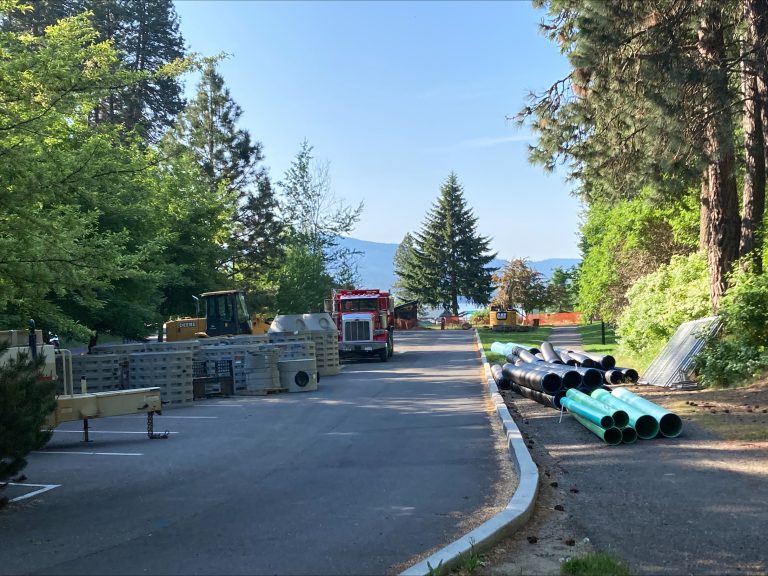
OUR GEM: Leading Idaho for Coeur d’Alene Lake
Beginning in 2021, Idaho Governor Brad Little began allocating funds for projects that reduce phosphorus loading to Coeur d’Alene Lake under the Leading Idaho Initiative. Since then, a total of $33 million has been allocated for this purpose. Governor Little appointed the Coeur d’Alene Lake Advisory Committee (CLAC) to oversee the allocation of these funds and tasked them with selecting projects from the pool of applications that were expected to effectively improve Coeur d’Alene Lake’s water quality. This was on…
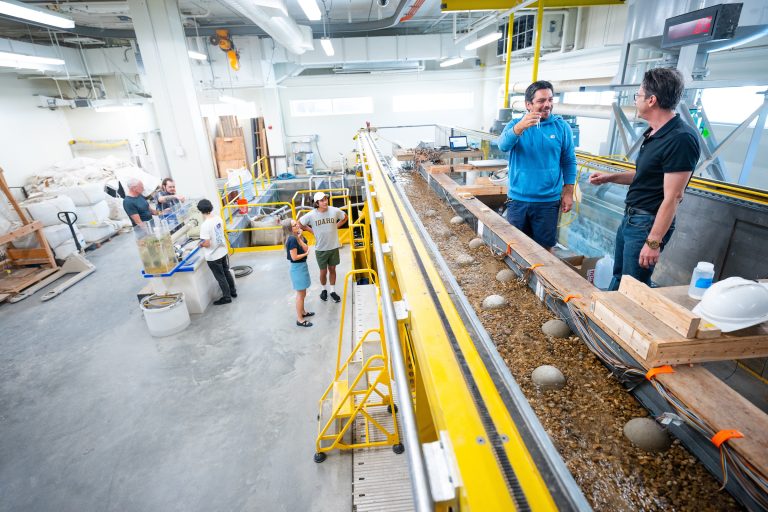
IWRRI Grant Recipients Work on Sediment Transport Physics
Gianluca Blois, a professor of mechanical engineering at the University of Idaho’s Boise campus, works at the Center for Ecohydraulics Research (CER) with students to study how water moves through streams and rivers. Their research focuses on how stationary objects, like plants, affect water flow and the movement of sediments. This study used a specialized laboratory flume—a controlled stream environment—to measure water speed and pressure in aquatic systems. While scientists have long studied how landscape features like riverbanks and terrain…
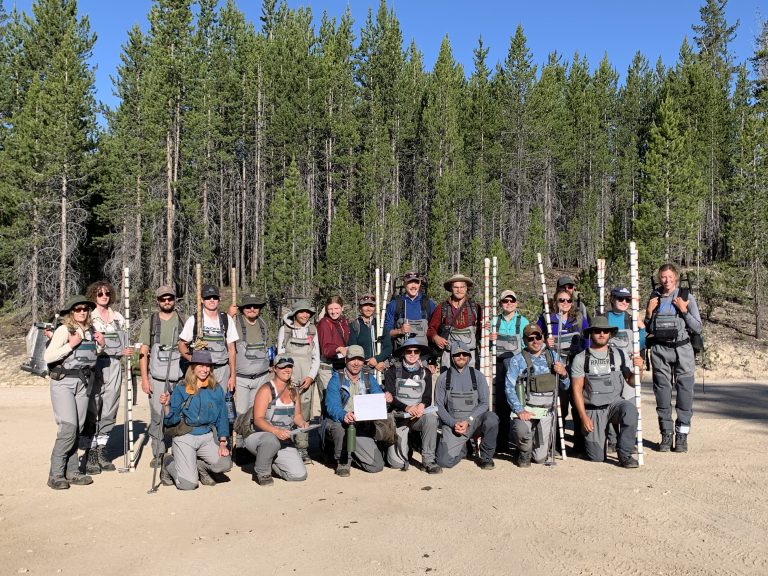
Monitoring Idaho’s Water Bodies
This story was written by Guest author: Craig Nelson on behalf of the Our Gem Collaborative team for the CDA Press on Sunday, May 7, 2023. Read the original article. Idaho is well-recognized for its scenic streams, rivers and lakes, with abundant water recreation opportunities that attract visitors from around the globe. In order to assure that Idaho’s water bodies remain clean and available for swimming, fishing and domestic water supply, continuous monitoring and evaluation are needed. Idaho Department of Environmental…
